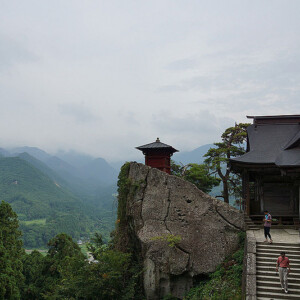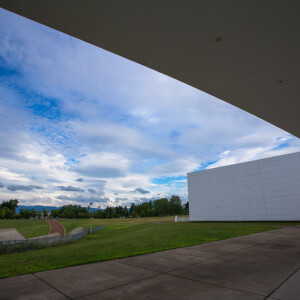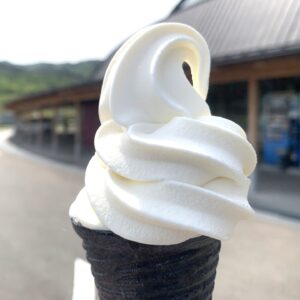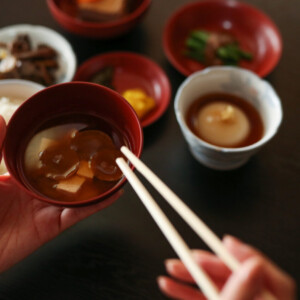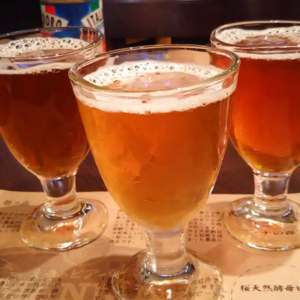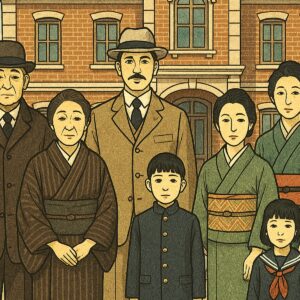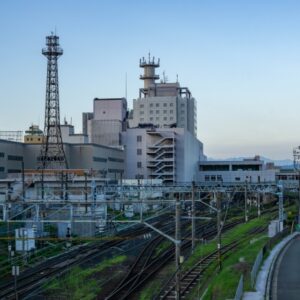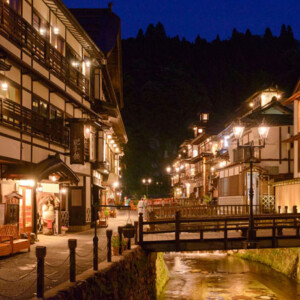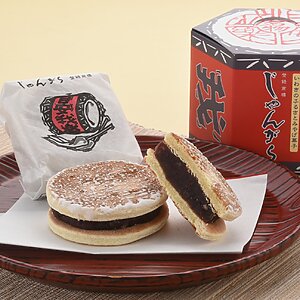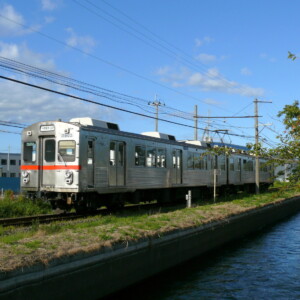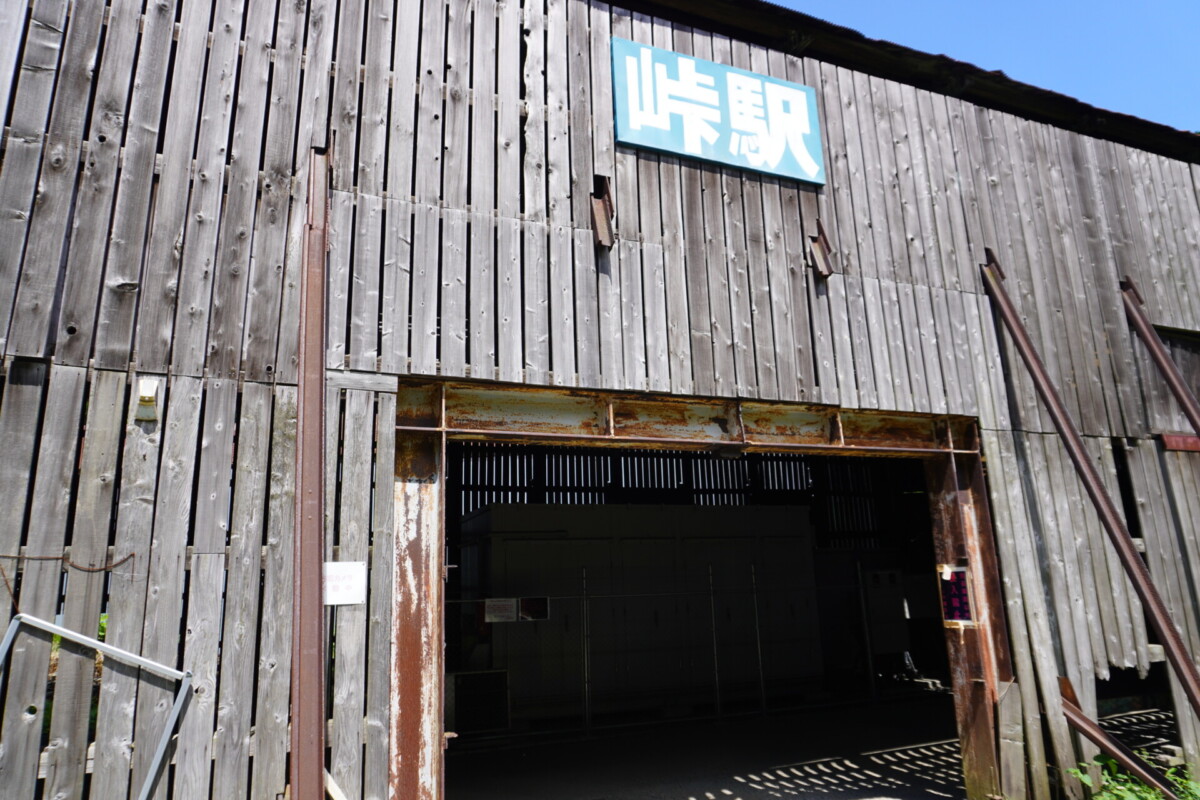
For some reason, do they have a lot of unusual names? Station names on the Ou Main Line [Fukushima, Yamagata, Akita]
table of contents
- 1 The Ou Main Line is a major trunk line in the Tohoku region.
- 2 Touge Station (Yonezawa City, Yamagata Prefecture)
- 3 Takane Station (Tendo City, Yamagata Prefecture)
- 4 Oii Station (Mogami District, Yamagata Prefecture)
- 5 Daigo Station (Yokote City, Akita Prefecture)
- 6 Gosannen Station (Semboku District, Akita Prefecture)
- 7 Igawa Sakura Station (Minamiakita District, Akita Prefecture)
- 8 Owani Onsen Station (Minamitsugaru District, Aomori Prefecture)
- 9 Nadushiko Station (Hirosaki City, Aomori Prefecture)
- 10 Extra edition Ushizaka railroad crossing
- 11 summary
The Ou Main Line is a JR East line that runs
Fukushima Station Aomori Station via Yamagata Station and Akita Station It is one of the main lines that runs through the Tohoku region in a north-south direction, and limited express trains were once in operation that covered the entire section.
Today, some sections are still used as routes for trains such as
Tsubasa , the Akita Shinkansen's Komachi , and the limited express Tsugaru stations with unusual names stand out on the Ou Main Line , so this time we will introduce some of them.
The Ou Main Line is a major trunk line in the Tohoku region.
The ``Ou Main Line'' running from Fukushima Station in Fukushima Prefecture, via Yamagata Station in Yamagata Prefecture, Akita Station in Akita Prefecture, and ending at Aomori Station in Aomori Prefecture.
When you think of the main line in the Tohoku region, the Tohoku Main Line may come to mind, but the special feature of the Ou Main Line is that it is a main line that is completed within the Tohoku region.
passes through the prefectural capitals of four of the six prefectures in the Tohoku region seems to indicate its importance within the Tohoku region.
In addition to the prefectural capital, the route also passes through cities such as Yonezawa, Shinjo, Yuzawa, Yokote, Omagari, Noshiro, Odate, and Hirosaki.
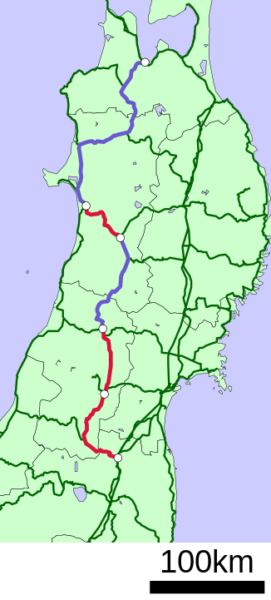
Author: Lincun from Japanese Wikipedia, CC Attribution-ShareAlike 3.0
, https://commons.wikimedia.org/w/index.php?curid=4901440
In the past, express and limited express trains were also operated that covered the entire section of the Ou Main Line.
Currently, the Yamagata Shinkansen ``Tsubasa'' is still in service from Fukushima Station to Shinjo Station via Yamagata Station, and the Akita Shinkansen ``Komachi'' is in service from Omagari Station to Akita Station. Masu.
Even if you don't know the existence or name of the Ou Main Line, there are probably many people who have used it.
Now, let's introduce Chinmei Station on the Ou Main Line.
Touge Station (Yonezawa City, Yamagata Prefecture)
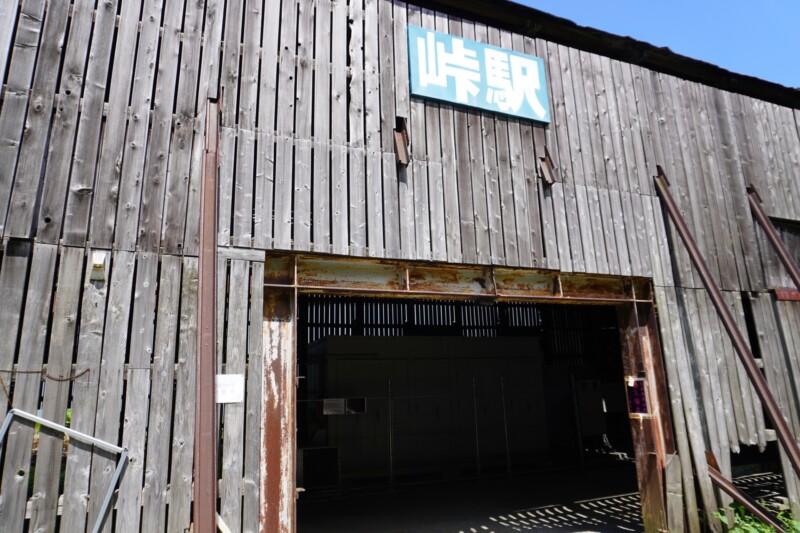
The first station we will introduce Toge Station .
It's a mountain pass. Approximately 75% of Japan's land area is mountainous, so it is called a mountain pass. The name does not convey anything other than the fact that the station is located in the mountains.
refers to
Itaya Pass , which straddles the border between Fukushima and Yamagata prefectures At 626 meters above sea level, Touge Station is the highest on the Ou Main Line, and from this station the line slopes downhill both towards Fukushima and Aomori.
As the name of the station suggests, crossing the pass station means "crossing the pass."
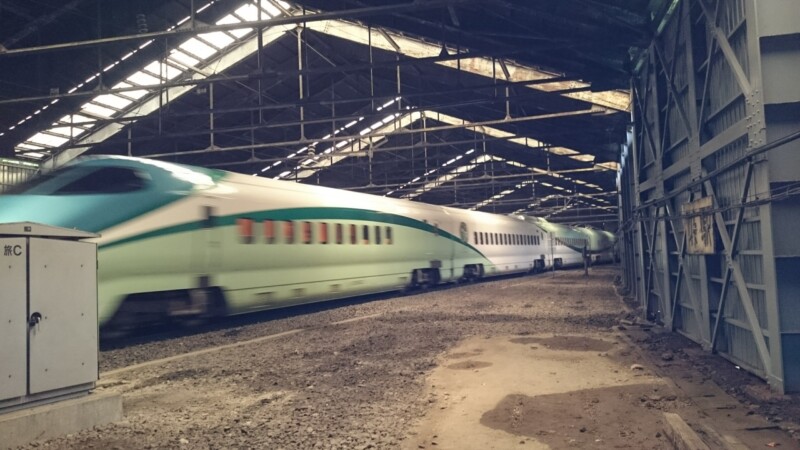
It was difficult to cross Itaya Pass by train using old technology, and it was known as one of the most difficult passages.
Currently, the Yamagata Shinkansen "Tsubasa" climbs Itaya Pass smoothly. However, ``Tsubasa'' does not stop at Toge Station but passes through it. To get off at Toge Station, you need to take a local train .
Because Toge Station is located in the mountains, it is difficult to reach it by any means other than using the train, and it is also known as a secluded station.
There are no station staff, but this station is selling food, which is rare these days.
Toge no Chikaramochi which is sold standing , is a specialty of Touge Station.
*Please check the latest information when visiting the station.
Takane Station (Tendo City, Yamagata Prefecture)
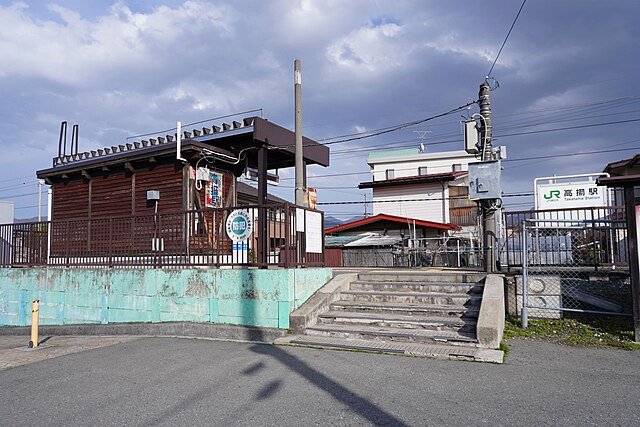
Author: Mister0124 – Author's own work, CC Attribution-ShareAlike 4.0,
by https://commons.wikimedia.org/w/index.php?curid=147374856
Next Takatama Station, . ``擶'' is extremely rare and would normally be difficult to read.
The station name is taken from Takadama Village, which was the name of the municipality at the time the station opened in 1952.
Although the name of the municipality is ``Takadama'', the name of the station is not ``Takatama.'' This type of case is seen nationwide, especially at JR stations.
The character ``擶'', which you cannot read unless you know it, is said to be derived from the tree elm.
Perhaps because of its origin, station waiting rooms are mainly made of wood.
The Tsubasa station on the Yamagata Shinkansen also passes through Takane Station , so you will need to take a local train on the Yamagata Line to get off.
Oii Station (Mogami District, Yamagata Prefecture)
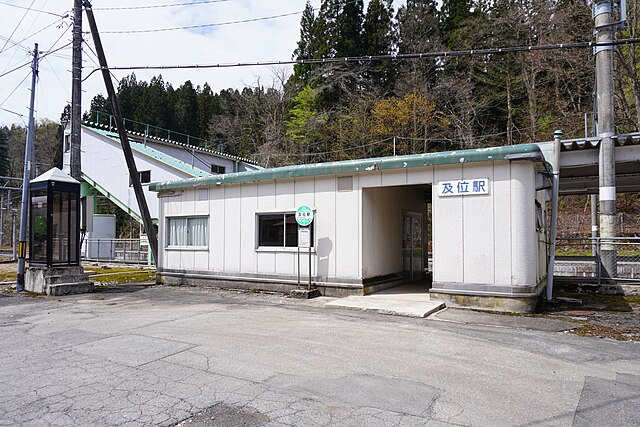
by: Mister0124 – Author's own work, CC Attribution-ShareAlike 4.0,
by https://commons.wikimedia.org/w/index.php?curid=147726137
Next is Nozoki Station, located in Oaza Oi, Mamurogawa-cho, Mogami-gun, Yamagata Prefecture. It is known as one of the most unusual and difficult-to-read stations in Japan, as it is a station name that is hard to read unless you know it .
There are various theories about the origin of the place name, which is written as ``Oi'' and read as ``Nozomi,'' but the most commonly accepted theory is as follows.
In the past, in the mountains near here, ascetics practiced a practice called ``Nozoki no Gyo'', where they suspended themselves from a steep cliff and peered into a hole in the side of the cliff.
is said that the name of the place ``Oi'' was born because there was a Shugendo who achieved a high ``rank Nozomi It has a very noble origin, contrary to the first impression you get from the name.
There are no limited express trains running between Shinjo Station and Omagari Station, where Oi Station is located, so if you wish to visit by train, you will need to use local trains.
Daigo Station (Yokote City, Akita Prefecture)
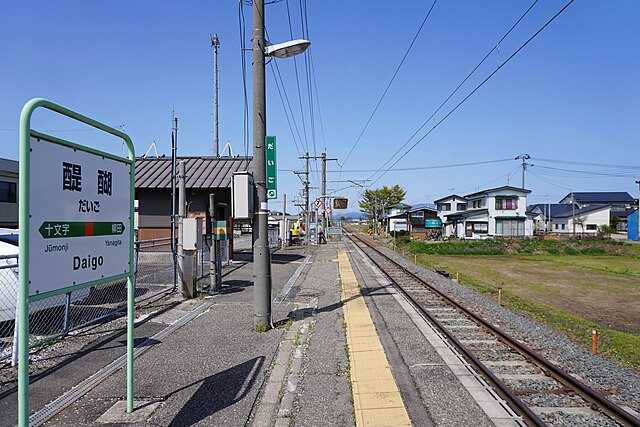
Author: Mister0124 – Author's own work, CC Attribution-ShareAlike 4.0,
by https://commons.wikimedia.org/w/index.php?curid=147816979
Next Daigo Station, . The origin of the place name Daigo is thought to be from Daigo, a dairy product made from boiled milk Was this area once a cattle grazing area?
It is not known exactly what kind of dairy product Daigo was, and there are various theories that it was something like butter, Calpis, or yogurt.
However, it can be said that the word ``Daigomi'', which is derived from ``Daigo'', is well known
``Listening to the Train Whistle in the Distance'' released in 1976 features a photo of the platform at Daigo Station.
There are no express trains at Daigo Station, and the rapid trains that are scheduled for mornings do not stop there either, so you can visit by local train that stops at each station.
Gosannen Station (Semboku District, Akita Prefecture)

Author: Bramble – Author's own work, CC Attribution-ShareAlike 3.0,
by https://commons.wikimedia.org/w/index.php?curid=25863857
Next Gosannen Station, . The origin of the station name will be easily understood by those who are familiar with Japanese history. This is because the entire surrounding area the Go Sannen War it seems that it is more common to write ``Go Sannen Gassen'' instead of `` Go Sannen no War In order to avoid mistranslating "yaku" as "station", we will follow this from now on.
The Battle of Gosannen was a battle that took place in the Ou region from 1083 to 1087.
As you can easily imagine that there are battles with the word ``back,'' there were also battles with the word ``mae.''
It is a battle called the ``Mae Nine Years Battle''.
The Battle of Go Sannen was a battle in which Minamoto no Yoshiie of the Minamoto clan, the governor of Mutsu, intervened in an internal conflict between the Kiyohara clan, a powerful clan in Dewa Province, and won the battle.
With the help of Minamoto no Yoshiie, Kiyohara Kiyohira won the battle and returned to his father's surname Fujiwara, becoming the first head of the Oshu Fujiwara clan.
There are no express trains or rapid trains stopping at Gosannen Station.
Posts from the Battlefield of the Third Year of War<Information>
- Name Gosannen Ekuko Battlefield Marker Pillar
- Location: Iizume Tozaihoji, Misato-cho, Semboku-gun, Akita Prefecture
Google MAP
Igawa Sakura Station (Minamiakita District, Akita Prefecture)
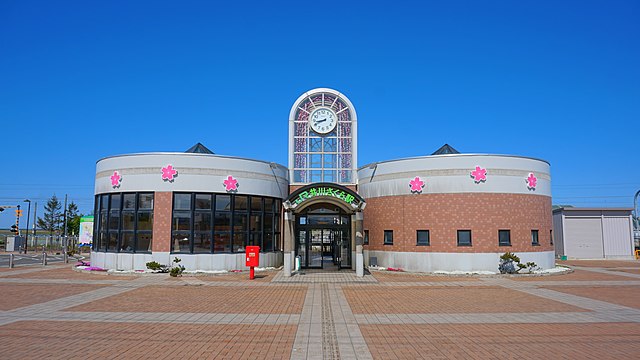
Author: Kikicha – Author's own work, CC Attribution-Share Alike 4.0,
by https://commons.wikimedia.org/w/index.php?curid=79222272
Next Ikawa Sakura Station, . The station's name comes from the Japanese National Flower Garden is a combination of Igawa-machi and "Sakura"
However, there is no denying that the station name feels like a person's name.
In 2008 and 2018, GOO Ranking polls for station names that felt like people's names included ``Taketoyo'', ``Nakayama Kaori'', and ``Omi Maiko''. It came in first place , ahead of station names such as ``Oumi Maiko,'' ``Iiyama Hasama,'' ``Chiba Minato,'' and ``Yoshikawa Minami .
・Ranking of 29 real station names that are likely to be mistaken for stage names or people's names – goo ranking
・Isn't it a person's name? Ranking of station names that make you want to tsukkomi – goo ranking
When Igawa Sakura Station opened in 1996, Igawa Town invited Sakura Igawa, who had just become an elementary school student at the time, to the town.
Please note that the limited express trains ``Tsugaru'' and ``Super Tsugaru'' and the rapid ``Resort Shirakami'' do not stop at Igawa Sakura Station, so you need to use a local train or an unnamed rapid train .
As an aside, one station that is actually named after a person is
Miyamoto Musashi Station It was named because there is a theory that the area is the birthplace of the swordsman Miyamoto Musashi.
Asano Station on the JR Tsurumi Line, located in Suehirocho 2-chome, Tsurumi Ward, Yokohama City, Kanagawa Prefecture , was built by Soichiro Asano, the founder of the Tsurumi Rinko Railway (the predecessor of the Tsurumi Line) and the founder of the Asano Zaibatsu. Since it was named after a person, it can also be said that the station name is a person's name.
Japanese national flower garden<Information>
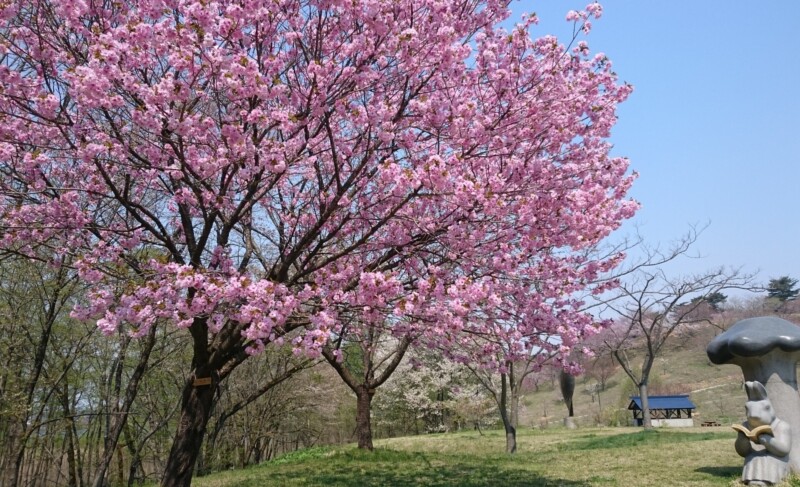
- Name: Japanese National Flower Garden
- Address: 102-1 Hamaigawa 2nd floor, Igawa-machi, Minamiakita-gun, Akita Prefecture
- Entry time: 24 hours
- URL Japanese National Flower Garden | Akita Prefecture Igawa Town Homepage
Google MAP
Owani Onsen Station (Minamitsugaru District, Aomori Prefecture)

Next Owanonsen Station, located in Owani Maeda, Owani-machi, .
Owani is the place name where the station is located. It must be said that it is an unusual name since there is a place name called Owani in Japan, where there are no crocodiles.
There are various theories about the origin of the place name, and the following is one of them.
Because there was a large seated statue of Amida Nyorai in this area, it was called
``O-Amida'' It gradually transformed into ``Oami'' → ``Ohane'' → ``Ohani'' → ``Oane'', It is said that
over time, the crocodile became associated with being the guardian deity of Buddhism , and ``Big Crocodile.'' It is also said that
wani is not a so-called crocodile, but rather a large salamander is enshrined at Daienji Temple , which is located near Owani Onsen Station
In addition to local trains stopping at Owani Onsen Station, the limited express trains ``Tsugaru'' and ``Super Tsugaru'' that connect Akita Station and Aomori Station also stop there .
Daienji Temple<Information>
- Name Daienji Temple
- Address: 12 Kuradate Muraoka, Owani-machi, Minamitsugaru-gun, Aomori Prefecture
- Inquiry number 0172-48-2017
- URL Daienji – Owani Town Homepage
Google MAP
Nadushiko Station (Hirosaki City, Aomori Prefecture)
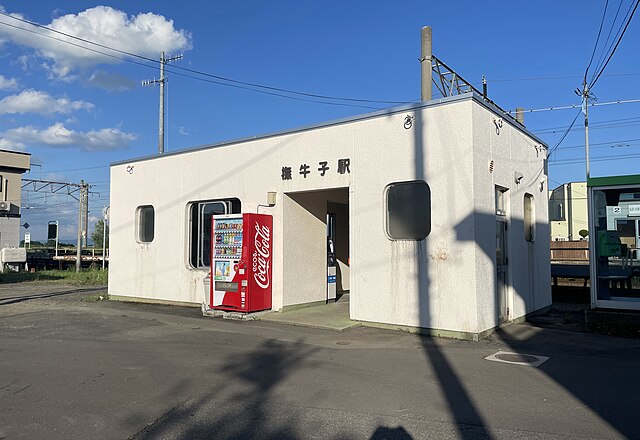
Author: Nisshi – Author's own work, CC Attribution-ShareAlike 4.0,
by https://commons.wikimedia.org/w/index.php?curid=135802487
Naidjoshi Station, located in Oaza Nadeshiko 1-chome, Hirosaki City, Aomori Prefecture . Next to the crocodile is the cow. It's a difficult to read station name, and when you read it, you end up thinking, "I'm patting a cow...so what?"
Regarding the origin of the place name Nade Ushiko, there "Nade Ushi" comes from the Tsugaru dialect of "Nande Ushii" and "Nande Ushii Ko" "Nai" (kawaya). "swamp" or "chashi" (fort or fence) (in this case, it has nothing to do with cows).
Only local trains stop at Nadushiko Station.
Limited express "Tsugaru" and "Super Tsugaru" and rapid trains do not stop here.
Extra edition Ushizaka railroad crossing
Although it is not a station, the Bekosaka Railway Crossing , Akita Prefecture, without introducing it. I couldn't stay.
As expected, even the names of the railroad crossings on the Ou Main Line are difficult to read.
By the way, there is also a bus stop with the same name near the railroad crossing.
It seems to be a well-known place name in the local area, to the extent that if you couldn't read Ushizaka as ``Bekosaka,'' people would think you were from outside, but its origin is not clear even among the locals.
I think it was a hill that was often used by cows or ox carts.
Google MAP
summary
There are 101 stations on the Ou Main Line, and the stations introduced this time are less than 10% of them.
Having said that, I think it is a rare line in Japan that has so many stations and nearly 10% of them have unusual names.
As explained in the article, station names and place names are engraved with a part of the history of the area .
It can be said that the Ou Main Line not only transports people and goods, but also plays a role in passing on a part of the history of various parts of the Tohoku region.
When you travel, paying attention to the history of the area will make your trip much more interesting.


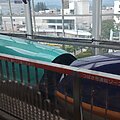



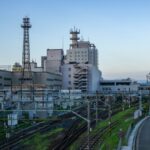
!["Train" can no longer run! ? What is "non-electrification" on the Ou Main Line? [Akita/Yamagata] 1620px-jr_east_innai_station_platform, _akita_preff](https://jp.neft.asia/wp-content/uploads/2024/12/1620px-JR_East_Innai_Station_Platform_Akita_Pref-150x150.jpg)

![[JR East Pass Trip: Day 3] A day trip to Aomori Bullet Tour to foster your energy at home! Tsugaru Kokeshi at Shin-Aomori Station](https://jp.neft.asia/wp-content/uploads/2022/12/IMG_3878-1200x675-1-150x150.jpg)
![It's so big that the main castle is hazy and you can't see! Yamagata Castle, known as Kasumi Castle [Yamagata Prefecture] Yamagata Castle's main castle, Ichimonji gate](https://jp.neft.asia/wp-content/uploads/2023/08/3261071_m-150x150.jpg)
![Why was the Yamagata Shinkansen "Tsubasa" born on the mini Shinkansen? [Yamagata Prefecture] 3106705_l](https://jp.neft.asia/wp-content/uploads/2024/05/3106705_l-150x150.jpg)
![Abolished in just one year! ? The extraordinary express train "Akita Relay" [Iwate Prefecture/Akita Prefecture] Akita-relay](https://jp.neft.asia/wp-content/uploads/2024/09/Akita-relay-150x150.jpg)
